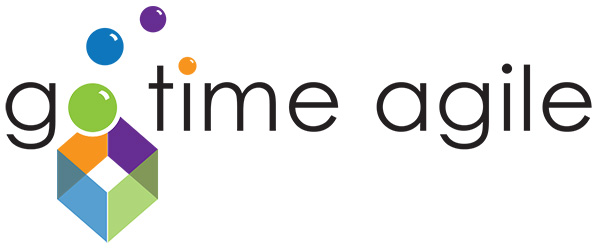This isn’t necessarily a business anecdote, but I’ve used it plenty of times to teach principles at the office. This story was originally told to me by Stan Hulse while the two of us were serving as missionaries in Alaska.
Stan was a football player in high school in Las Vegas. He was built like the archetype linebacker. He had the intense and focused attitude of a great player. His school played in the championship game his senior year. They played hard, but they were beaten. After the game, he sat on his bed trying to figure out what had happened. Was the problem with their game plan? Was there something more or different that he could have done? The more he thought about the game the more confused and frustrated he became. Stan was close to tears. How did this tragedy happen? He decided not to leave his room until he understood.
The door opened, and his older brother walked in the room. “I know why you lost,” he said with confidence.
Stan said that he sat up straight. He was hungry to hear this piece of truth that would allow him to make sense of his world again. He affixed his attention on his brother and asked, “Why?”
“Because you suck!”
That wasn’t what he had expected. It broke the tension in his body, and allowed him to laugh.
How does this apply to work? Well, first, laughter is important. Some of one’s best thinking and creativity happens when relaxed. Motivation is important, but often too much tension prevents the breakthrough ideas from breaking through.
More importantly, many times the answers to our most important questions are things that we aren’t considering. If we allow ourselves to focus in too narrowly, we may never evaluate the possibilities that we should. I’ll provide two quick examples.
When I was the channel marketing manager at Iomega, we were spending up to $75 million on coop marketing funds and advertising activities. I was asked to identify which activities worked the best. I ran all the statistical analysis for a six month period, and found that doing end cap displays in retail stores was the only activity with a positive correlation to sales. I decided to re-evaluate my most basic assumptions, and threw together a regression analysis of the attributes of our retail partners. I had about twenty characteristics in that equation, throwing in whatever I could think of. I was surprised by a very statistically significant result. The amount of zip disks sold by a store was highly correlated to the mix of product they sold. Zip disks were configured in a single-, three-, six- and 10-packs. Stores that sold the single-pack sold less total disks than stores that didn’t. Stores that offered the 10-disk box as an option to customers sold more disks than those that didn’t. We discontinued our single-pack, and pulled in $100 million of incremental revenue over a four year period. No marketing program. No budget. No effort. The answer was so obvious, but none of us saw it until I tripped over it.
At Data Transit, the primary complaint of our customers was that our analyzers were too slow. I often raised this issue with our engineering team. Was there any way to speed up the software? Nothing significant could be done. What about the hardware? No. Our analyzers were standalone with embedded PCs like logic analyzers and oscilloscopes. We felt that design gave us a competitive advantage over our competitors. We could use anything faster than a 633Mhz Celeron or the system would overheat. Bigger fans wouldn’t help because we had an airflow issue. We needed a new box.
Our president/owner, Dale, had designed the enclosure. It was a great mechanical design for an analog electrical engineer. He felt nostalgic and proud about the design. Now that we were growing so fast, paying for an outside designer to give us a new box was easily affordable. I asked Dale some other questions about the configuration trying get some ideas for the new design. He looked rather irritated when he said in an offhand way, “If you’re going to do that, why don’t you just yank the embedded computer out of it and connect it to a PC by a USB cable?” He didn’t mean the comment to be a suggestion, but once it got into my head it wouldn’t leave.
I felt stupid. I had never considered it before even though our biggest direct competitor did it that way. Telling customers so many times that our design was superior had blinded me to the option. The industrial designer gave us a beautiful enclosure. Our costs went down so much that we could offer a big price reduction while generating more gross margin per unit. The assembly was easier. The quality was higher. The operation was much faster. Customers loved it. My original estimate was that we would need to offer the old design for up to a year, but after we introduced the new product we only sold a handful of the old, discontinuing it within 2 months.
Decisions are difficult. They can be much easier when the right options are considered. They can come from a mean brother, including more variables, or just listening carefully. Whether putting disks into cardboard or an analyzer into iodized aluminum, it really does matter how you put your product into its box.

Recent Comments